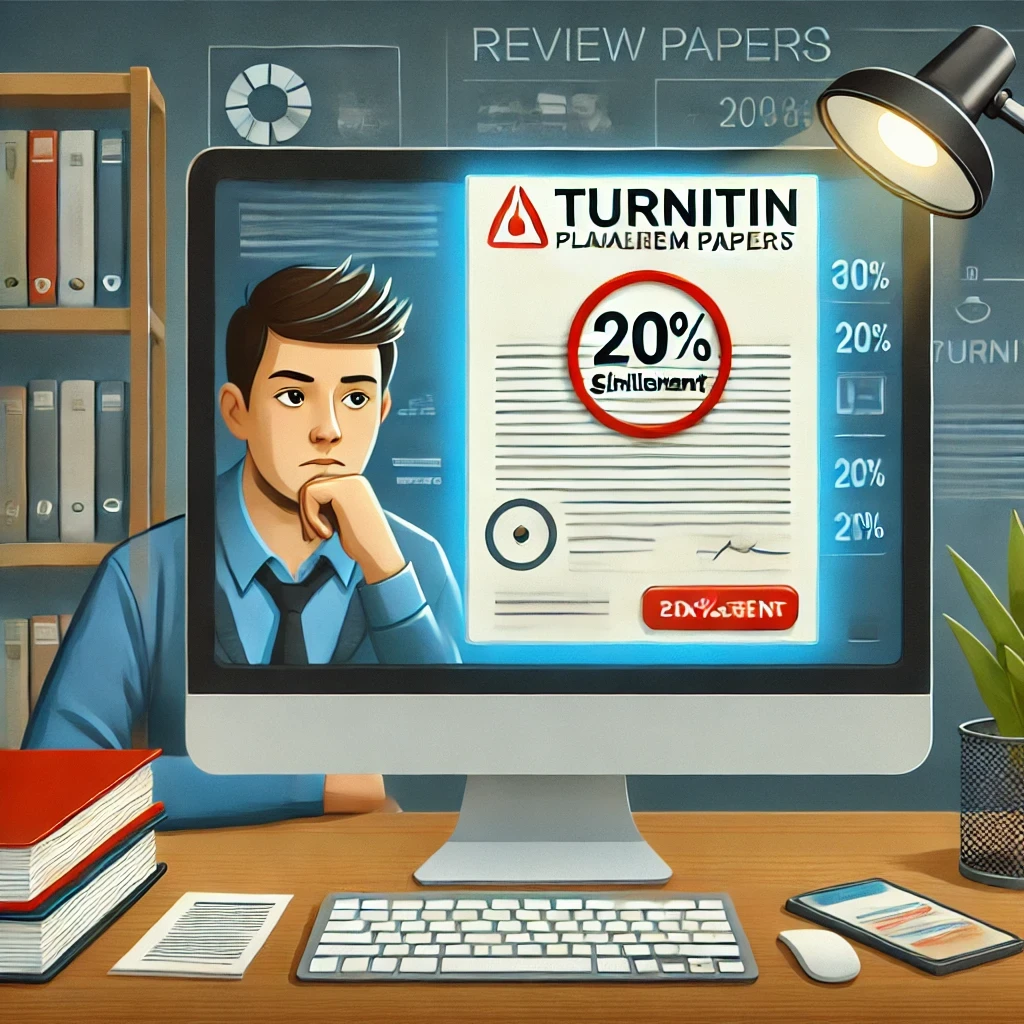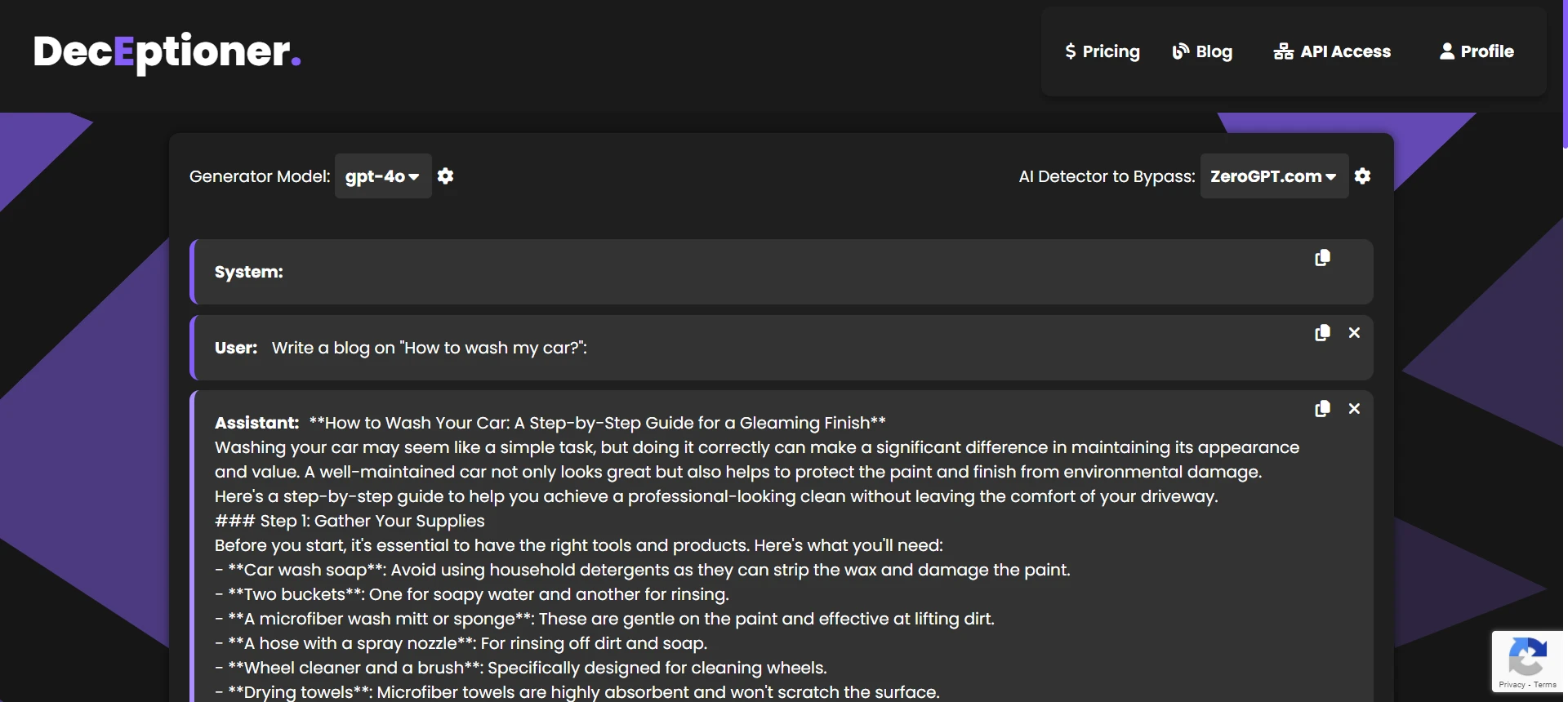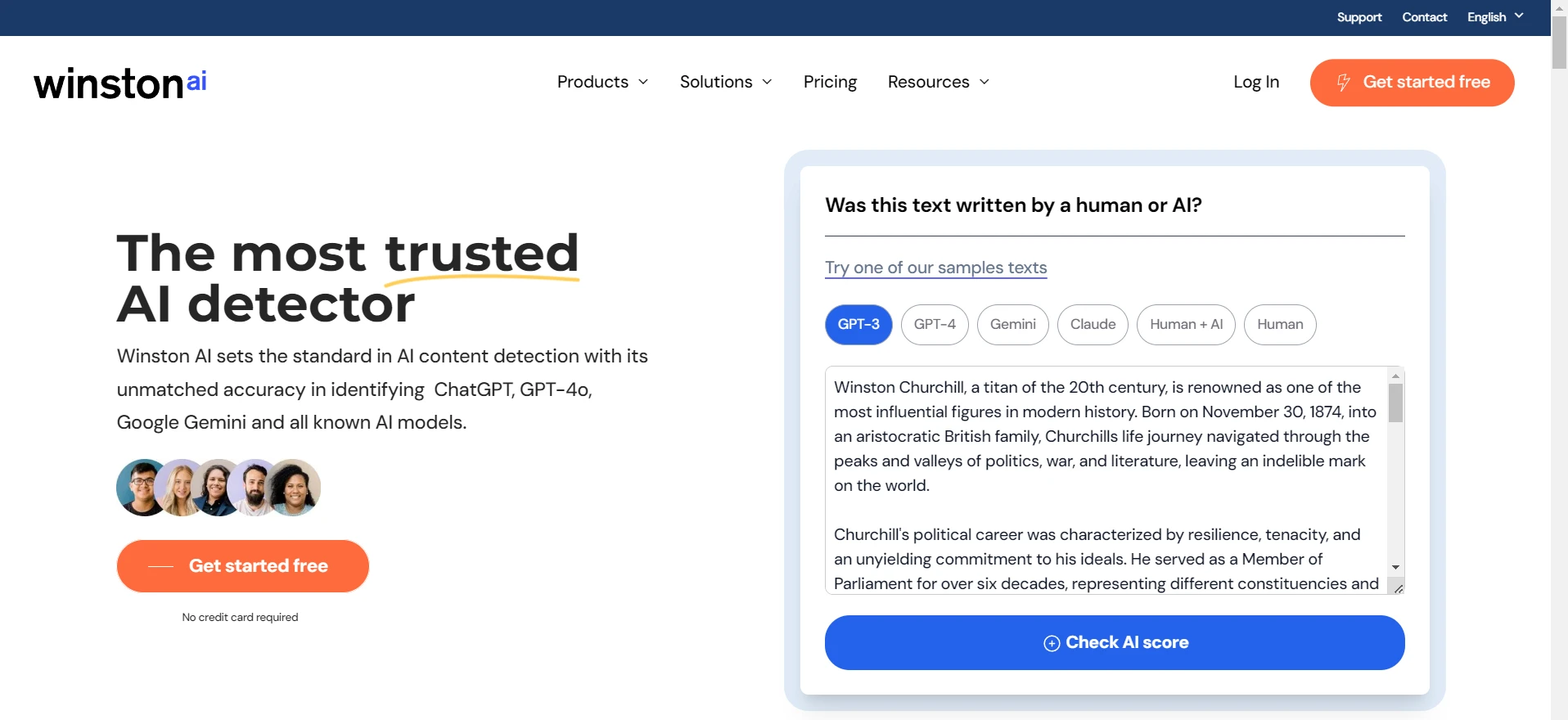As we all know it, plagiarism in review papers is a big deal. You might think it’s not, but trust me it is. The short answer to “Should I worry if my similarity crosses 20%?” is NO, you shouldn’t worry, you should panic. The longer answer is that if you ignore it, you’ll face consequences from your university or journal. Keep reading to know more about it.
Why plagiarism is a serious offense?
Plagiarism is not just copy-pasting someone else’s words. It also involves using their ideas or findings without giving them credit. Most academic institutions treat it as a form of cheating, and it can result in a damaged reputation, failing grades, or even rejections from journals. It’s basically a red flag for your academic credibility.
How much similarity is acceptable for review papers?
The general consensus is that you should try to keep your similarity below 20%. Usually, around 15% is considered quite acceptable. Anything above 20% is a huge red flag, and viewers (like your professor or the journal editor) might question your originality. So, you want to stay on the safe side.
Remember, the idea behind a review paper is to provide new perspectives on existing literature, not to regurgitate entire paragraphs from others’ works. If a big chunk of your writing is lifted verbatim, that’s a problem.
Does Turnitin detect plagiarism in review papers?
Yes, Turnitin will easily detect similarities in review papers. You could do small rephrases, but if your text is heavily borrowed, you’ll get flagged. Some paraphrasers like Deceptioner could help but please don't resort to academic dishonesty. It will be harmful to you in the long run.
Which sections of a review paper are more vulnerable?
Literature Review Section: This is the prime suspect because it’s packed with references to other works. Even if it’s a review that compiles a bunch of studies, you still need to cite properly.
Methodology Summary: If you are summarizing standard methodologies from prior studies, you need to watch out for repetition. Give credit to the original authors. Don’t think you can get away by changing a few words here and there.
Conclusion: Sometimes you might reuse phrases from previous papers, but that could come across as lazy or plagiarized unless properly cited.
A single, foolproof approach to avoid plagiarism
You can do a hundred different paraphrasing tricks, but the main thing is to read the original material thoroughly, understand it, and then write in your own words. That’s it. Summaries and paraphrases should always have an in-text citation pointing to the original source. Don’t forget to maintain a references list or bibliography.
A quick do-not-do list:
1. Don’t just lightly swap words with synonyms. That is not paraphrasing. It’s basically mosaic plagiarism, and Turnitin will spot it quickly.
2. Don’t skip the reference list. Ever. If you consulted a source, mention it.
3. Don’t rely too much on grammar checkers (like the popular ones). They might fix your grammar, but they’ll also standardize your style, which ironically can increase your similarity score if the original had similar structure.
Frequently Asked Questions
Q1. Is it acceptable for review papers to have 25% similarity?
This one is tricky. The short answer is NO, 25% is considered too high. The longer answer is that some sections might have references that inevitably raise your similarity, but it still shouldn’t exceed 20%.
Q2. Can I copy-paste definitions if I cite them?
Yes, but use quotes if you’re repeating the text word-for-word and put the citation. Also, don’t fill up your paper with identical sentences from the source. Keep direct quotes at a minimum.
Q3. Does self-plagiarism matter in a review paper?
Yes, you can’t recycle chunks of your own previous work without citing. Self-plagiarism is also frowned upon. Always let your readers know when you’re using your own published material.
Q4. Do I need to change everything while paraphrasing?
You do need to ensure that your paraphrase isn’t just a superficial tweak. If you find yourself using the same sentence structure, the same keywords, or the same style of phrase, it might be flagged. The key is to interpret the text in your own unique way.
Techniques to keep your similarity low
1. Paraphrase carefully: Understand the original context, then rewrite from scratch. Don’t rely on AI rewriters that produce near-perfect grammar. Perversely, perfect grammar is a telltale sign of something fishy, plus the text might end up structurally similar to the original.
2. Use direct quotes sparingly: If you must quote, do so accurately, and use quotation marks with an in-text citation.
3. Proofread with a buddy: A peer can catch accidental overlap, unintentional repetition, or areas where you forgot to add citations.
4. Keep a record: Maintaining a list of potential references from the get-go is super important. Use whichever referencing software you like but double-check every entry.
The Bottom Line
Plagiarism is a headache for both you and your institution. A small chunk of it might be overlooked if it’s common terminology, but once it goes beyond 20%, it’s easy to get flagged as unoriginal. One single opinion that sums it all up: always keep your text as uniquely yours as possible, and always cite your sources. If you do it right, you won’t have to stress over Turnitin or any other plagiarism detector. Remember, review papers should showcase your own understanding of existing research, not a copy-paste job of someone else’s words.


![[G0] Can GPTZero Humanize AI Text?](/static/images/can-gptzero-humanize-ai-textpng.webp)
![[HOT TAKE] Why is ZeroGPT so bad?](/static/images/why-is-zerogpt-so-badpng.webp)
![[DIRECT] Best Affordable AI Humanizers (That Still Work in 2025)](/static/images/best-affordable-ai-humanizerspng.webp)
![[HOT] Can You Compare ZeroGPT With Other Top Tools?](/static/images/can-you-compare-zerogpt-with-other-top-toolspng.webp)





